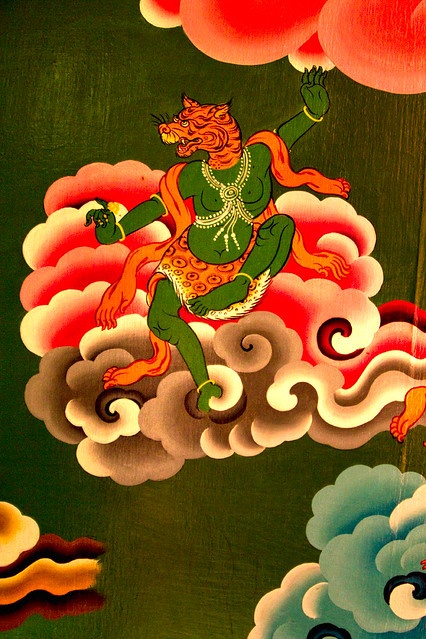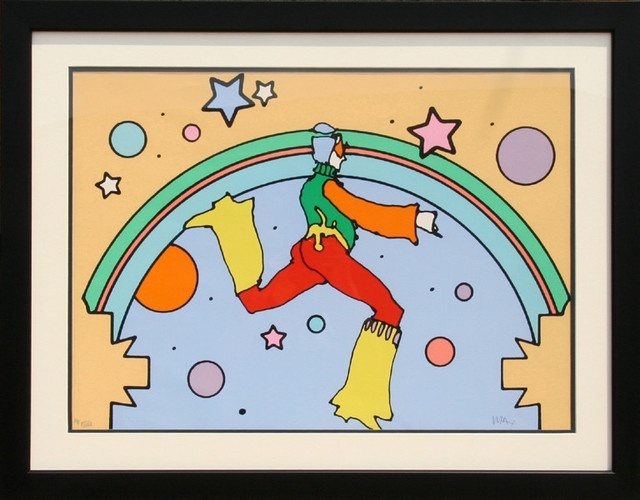
Giuseppe Tucci, an Orgiastic Aha! Part Three
Familiarity with sexual power as something to honor and utilize for spiritual cultivation is not common, but upon a study of ancient cultures, we see
As a religious, philosophical, and ritual expression, dance has an important role in the practice of Buddhism, Taoism, Hinduism, and other Asian belief systems. Long unbroken transmissions of movement forms are reflected in religious artistic depictions, where performative iconography is mystical code as well as movement illustration.
In his column Ancient Dances, Joseph Houseal looks at the aspects of dance and spirituality to enhance practice and appreciation among readers, and to raise cultural awareness in our changing world. He uses dance as a lens to explore states of consciousness and symbolic representations.
Ancient Dances is published monthly.

Familiarity with sexual power as something to honor and utilize for spiritual cultivation is not common, but upon a study of ancient cultures, we see

This three-part series examines tantric deities in the yab-yum posture of symbolic sexual congress.

Giuseppe Tucci (1894–1984) was an Italian scholar-adventurer who supervised archeological digs in Iran, Persepolis, and the Himalayas.

The words fable and fabulous share the same root, the Latin word fabula, meaning story. Over time and use in the French and English languages, a fable


Introducing the dancing wrathful dakinis of the bardo…

Sometimes, dance is what philosophy looks like. Only rarely in my long years of dance research has a painted image been so arresting with its

The first metaphysical thing I learned about Buddhist Cham dance was that the same monstrous deities appearing in the annual Cham performance will appear again

Zaharr was a belly dancer from San Francisco who escaped a convent school in Minnesota, named herself Zaharr, and made a pilgrimage to Haight-Ashbury in

Shravasti was a dynamo of a city in the ancient world, home to nearly 1 million people in the Buddha’s lifetime during the 6th century

The world is beset by what are often called “intractable problems.” Agitation and response seem to run in circles of escalating violence, with little apparent

A most amazing mural is painted on a six-meter-high cylinder on the second floor of Dungtse Lhakhang in Paro, Bhutan. The temple was designed by